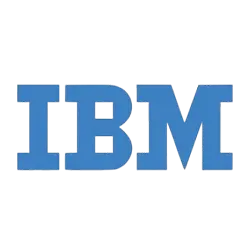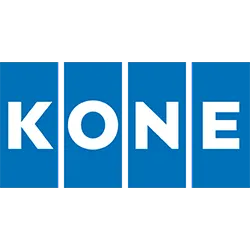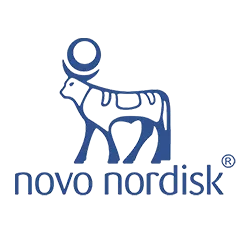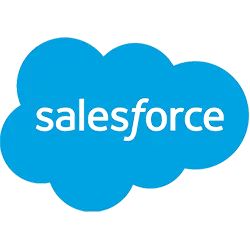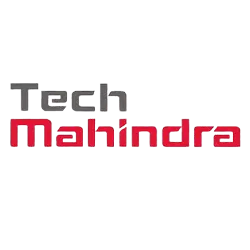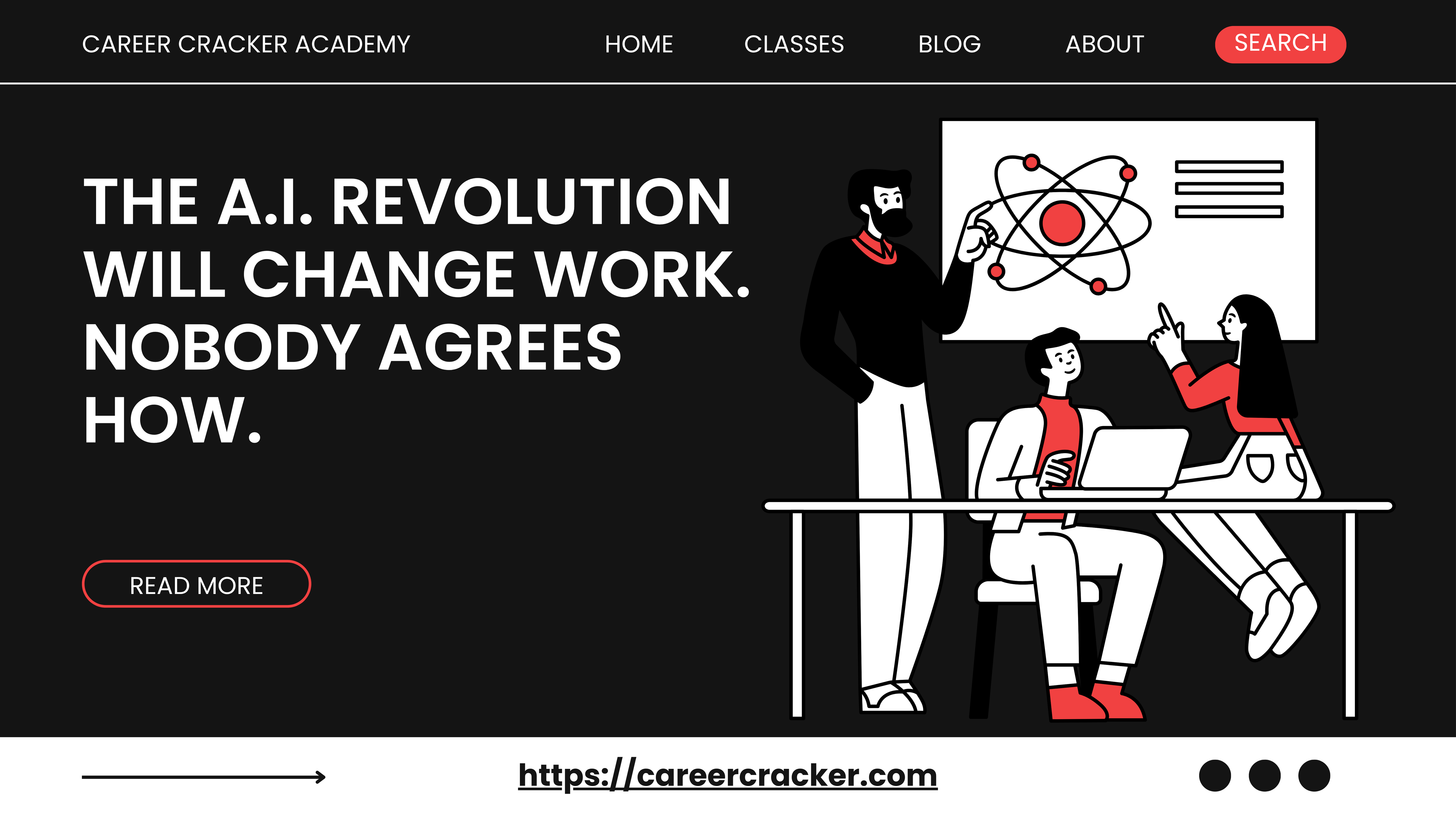
The A.I. Revolution Will Change Work. Nobody Agrees How.
INTRODUCTION
In the past decade, forecasts about artificial intelligence (A.I.) and the future of work have swung between utopian excitement and dystopian alarm. Early studies warned of massive job losses, while today’s booming labor markets seem to paint a different picture. As generative A.I. tools like ChatGPT and DALL·E reshape how we tackle tasks, it’s time to revisit the core questions: How many jobs will really be disrupted? And beyond raw numbers, what does “disruption” mean for the people behind the work?
REVISING EARLY PREDICTIONS
Back in 2013, Carl Benedikt Frey and Michael A. Osborne shocked the world with an estimate that 47 percent of U.S. jobs could be “at risk” of automation within a decade or two. Their thought experiment wasn’t a crystal ball; it was a measure of technology’s theoretical capacity to replace human labor if cost and adoption hurdles vanished. At that time, IBM Watson had just triumphed on Jeopardy!, and self-driving prototypes were navigating our streets for the first time. Despite these bold figures, today’s headlines about historically low unemployment hint at a more complex reality. Rather than sparking widespread layoffs, automation tends to rearrange roles and reshape skill demands—often without slashing overall headcounts.
THE GENERATIVE A.I. WAVE
Fast-forward to the era of ChatGPT, DALL·E, and other generative A.I. models. In March 2024, Goldman Sachs estimated that these tools could automate the equivalent of 300 million full-time jobs worldwide, while research from OpenAI and the University of Pennsylvania suggested that 80 percent of U.S. workers might see at least 10 percent of their tasks impacted. Such figures reignite debates about A.I.’s reach—but they also underscore a key point: “impact” doesn’t automatically translate to “elimination.”
TASKS VS. ENTIRE OCCUPATIONS
One fundamental insight from labor-technology research is that machines excel at tasks, not the full spectrum of duties in most jobs. Take radiologists, for instance. In 2016, A.I. pioneer Geoffrey Hinton predicted deep-learning algorithms would outperform humans at reading medical images within five to ten years. Yet radiologists themselves juggle at least 30 distinct tasks—ranging from patient consultations to multidisciplinary team meetings—many of which remain firmly human domains. Some hospitals even face radiologist shortages today, illustrating that A.I. can complement rather than completely replace expertise.
DEFINING “AFFECTED”
Economist David Autor points out that “affected” can mean many things: made better, made worse, removed entirely, or even doubled in volume. Early occupation-level analyses invited technology experts to rate whole jobs for automation risk; later task-level studies (for example, by the ZEW Center in Germany) drilled down into specific activities and found only about 9 percent of occupations could be fully automated. Numbers may grab headlines, but they can also mislead if readers assume a one-to-one link between “at risk” and “out of work.”
AUGMENTATION: THE OTHER SIDE OF THE COIN
For many workers, A.I. arrives not as a job thief but as a powerful assistant. Imagine a customer-service team armed with generative suggestions that help even less experienced agents resolve calls more quickly and empathetically. Stanford and MIT studies show such augmentation can boost performance across the board, turning each human-machine pair into a more capable unit than either could be alone. In healthcare, finance, legal services, and beyond, the most transformative A.I. deployments often focus on elevating human judgment rather than deskilling it.
WHO DECIDES THE FUTURE?
Ultimately, the path A.I. takes depends on human choices. Daron Acemoglu of MIT emphasizes that companies and regulators determine whether technology complements workers or substitutes for them—and those decisions shape wages, inequality, and job availability. While eye-popping estimates serve as wake-up calls, they’re only the opening act. The sequel—how we design, govern, and integrate A.I.—will decide whether its revolution is empowering or displacing.
LOOKING AHEAD
So, what should leaders and workers keep in mind?
-
Focus on skills over roles: cultivate abilities machines struggle with—critical thinking, emotional intelligence, cross-disciplinary collaboration, complex problem-solving.
-
Embrace lifelong learning: invest in upskilling programs, on-the-job training, and collaborative environments where humans and A.I. learn from one another.
-
Shape the rules: engage in policy debates on A.I. standards, data privacy, and fair labor practices—collective action can steer technology toward broad social benefits.
-
Design for augmentation: prioritize solutions that enhance human performance rather than simply cut costs—augmenting skills often unlocks greater productivity and job satisfaction than full automation.
CONCLUSION
Big numbers about A.I.-driven job impact will continue to dominate headlines. But behind every percentage lies a nuanced story about tasks, tools, and human choices. By shifting the conversation from “How many jobs?” to “How will work change?”, we can better prepare for an era where people and intelligent machines co-create value. The revolution is already underway—now it’s up to us to decide whether it displaces or empowers.
Hiring Partners


















